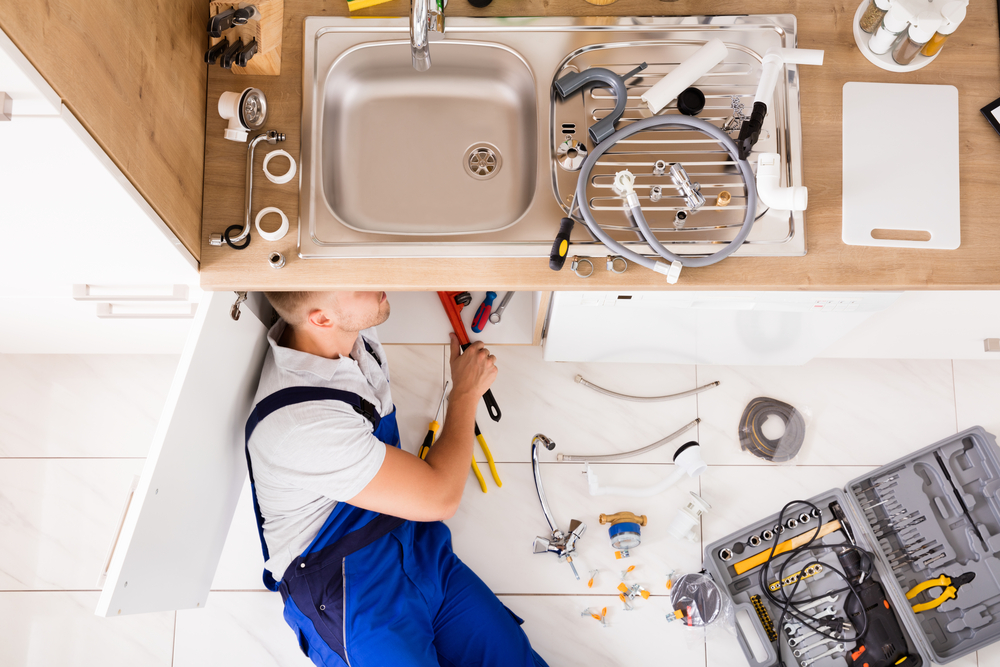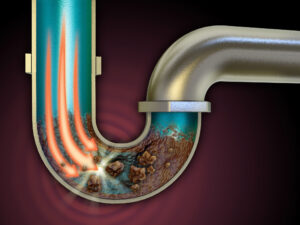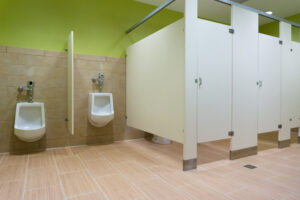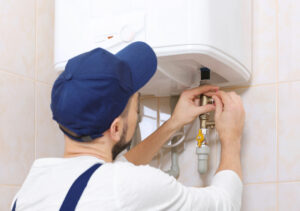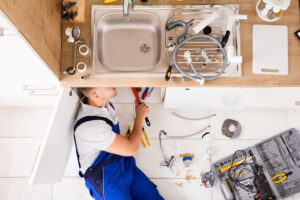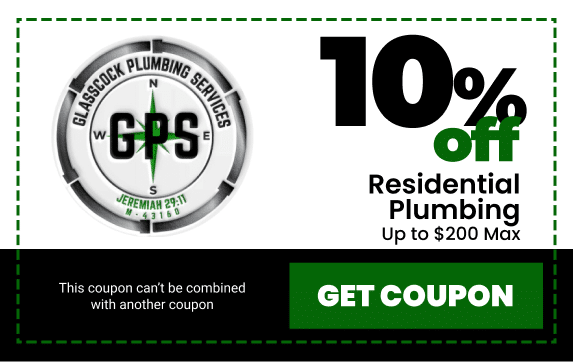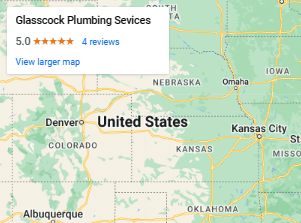Every home relies on a well-functioning plumbing system to provide essential services like clean water supply and waste disposal. Understanding the basics of residential plumbing systems helps you appreciate the complexity and impork silently behind the walls and under floors.
Each plumbing system consists of pipes, valves, and fixtures, which together ensure smooth operation. Knowing how these elements collaborate can empower homeowners to identify early signs of potential issues. This understanding aids in timely interventions, preventing minor problems from developing into major expenses.
Additionally, it’s essential to recognize common plumbing problems and the steps you can take to resolve them. Addressing issues like leaks or clogs promptly helps maintain efficiency, reducing water waste and potential future costs. Whether you’re dealing with existing systems or considering an upgrade, being informed ensures your home’s plumbing remains reliable and effective throughout the years.
Components of a Residential Plumbing System
A residential plumbing system is a carefully designed network that delivers water to fixtures and removes waste efficiently. Understanding its components is crucial for any homeowner. Key plumbing elements include supply pipes, drainpipes, valves, and fixtures. These parts work together to ensure your home has constant access to water while keeping waste safely moving away.
Supply pipes are responsible for bringing water into your home. They’re made from materials like copper, PVC, or PEX and are designed to handle water pressure. Drainpipes, on the other hand, transport used water and waste out of your home. These pipes rely on gravity to function properly, making proper installation crucial.
Valves play an essential role as they allow you to control water flow. Located at various points in your system, they help shut off water during repairs or in emergencies. Fixtures, such as sinks, toilets, and showers, are the most visible parts of the system, allowing daily water use.
The integration of these components ensures that your plumbing system runs smoothly. When all parts work in harmony, water can flow to where it’s needed, and waste is carried away without issues. A well-maintained plumbing system not only meets daily needs but also prevents potential disruptions.
Common Plumbing Problems and Solutions
Plumbing systems, while robust, are not immune to problems. The most common issues include leaks, drips, and clogged drains. Identifying and addressing these problems quickly is key to minimizing damage and repair costs. Here’s how you can tackle these issues.
Leaks and drips are often caused by worn-out washers or loose connections. They can occur in faucets, pipes, or toilets. To spot them, listen for continuous water sound or look for puddles around fixtures. Fixing these involves tightening connections or replacing faulty parts.
Clogged drains and toilets are another frequent nuisance. They often occur due to a buildup of hair, grease, or foreign objects. To clear a blocked drain, start with a plunger or drain snake. In the case of a severe blockage, disassembling the trap beneath the sink can provide access for cleaning.
Toilet clogs typically arise from using excessive paper or flushing inappropriate items. Resolving this with a plunger is usually effective. Consistently addressing smaller issues prevents them from escalating into bigger problems, saving time and money.
By understanding how to manage these common plumbing problems, you can keep your system running efficiently. Regular checks and prompt fixes go a long way in maintaining a smooth and trouble-free plumbing experience at home.
The Role of Regular Maintenance in Plumbing
Regular maintenance plays a crucial role in keeping your plumbing system running smoothly. By conducting routine inspections, you can identify potential problems before they turn into expensive repairs. Regular checks help in finding hidden leaks, early signs of corrosion, and minor blockages. These small issues often go unnoticed but can lead to major damage over time if left unchecked.
The benefits of routine inspections extend beyond preventing sudden breakdowns. They enhance the lifespan of your plumbing components, ensuring that pipes and fixtures remain in good condition for years. Regular maintenance also helps in maintaining optimal water pressure and quality. It’s an effective way to catch inefficiencies that can cause increased water bills.
Maintenance impacts system efficiency significantly. Well-maintained systems use energy more effectively, ensuring water heaters and boilers function without overexertion. This minimizes strain on individual parts, reducing the likelihood of unexpected failures. Regular care ensures reliability and peace of mind, knowing that your plumbing system is less likely to encounter disruptive issues that necessitate urgent repairs.
Upgrading and Replacing Plumbing Fixtures
Sometimes, upgrading or replacing plumbing fixtures becomes necessary to improve your plumbing system’s performance. Recognizing when it’s time for an upgrade can save money in the long run. Aging fixtures can lead to inefficiencies, such as leaks or diminished water pressure. If repairs become frequent or parts begin to show significant wear, it may be time to consider an upgrade.
When choosing new fixtures, consider factors like water efficiency, design compatibility with existing systems, and durability. Look for products rated for efficiency that match your water usage needs, and consider those with modern features that enhance your daily water use experiences.
Take calculated steps when installing new fixtures. Start with thorough research on the latest technologies and styles that fit your budget. Consult professionals if you’re unsure which upgrades will suit your needs best. Carefully plan the installation process to minimize disruptions. Upgrading not only makes your plumbing more efficient but can also add value to your property by enhancing functionality and reducing future maintenance needs.
Conclusion
Maintaining and understanding your residential plumbing system is vital to ensure your home remains comfortable and functional. By familiarizing yourself with the various components and common problems, you become better equipped to manage and maintain your system. Regular inspections and timely upgrades will keep your plumbing running optimally, preventing unwelcome surprises and promoting water efficiency.
Glasscock Plumbing Services is here to help make sure that your home’s plumbing system is reliable and efficient. Whether you need routine plumbing maintenance, help with a stubborn clog, or are considering a complete fixture upgrade, our team is ready to assist. Contact us today to learn how we can support you in maintaining a well-functioning and efficient plumbing system tailored to your needs.

